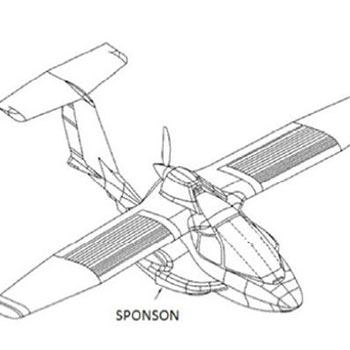A Review on Hull Design for Amphibian Aircraft
Keywords:
Hull Design, Amphibian Aircraft, Landing, Impact Loading, Composite, LS-DYNA, Optimization, DesignAbstract
One of the main problems with landing on water is the lack of visual cues to help the pilot with the glide slope. This frequently results in situations where the vertical sink velocity is relatively high by the time the aircraft makes contact. Unlike conventional land based aircraft, an amphibian aircraft does not have hydraulic systems to absorb this impact energy. The hull structure therefore has to be designed to withstand this loading impact without any damage. This is especially so since amphibian aircraft are increasingly being manufactured using composite materials where repair costs can be significant. The project aims to developing a new hull structure with an improved impact resistance. LS-DYNA is used to investigate the structural interaction of the hull with water. The result will be used as guidance for design optimisation. A final hull design will be developed and the performance of the optimised design will be tested through simulation. The project would involve physical testing of industrial composites used in aircraft industry and simulate the impact during landing to determine the failure and its structural integrity. This would provide critical information on the optimum operating condition during landing of an amphibian aircraft.







